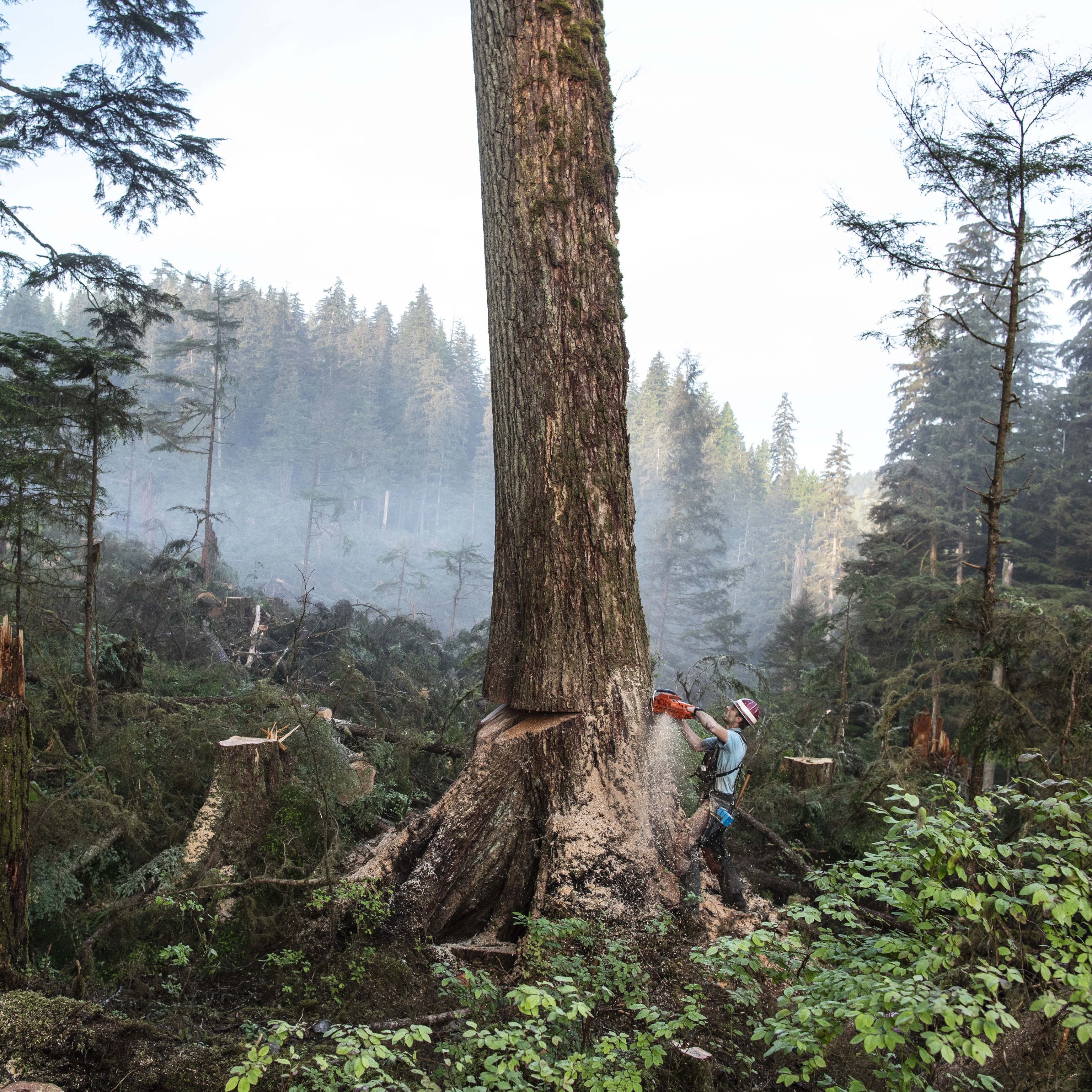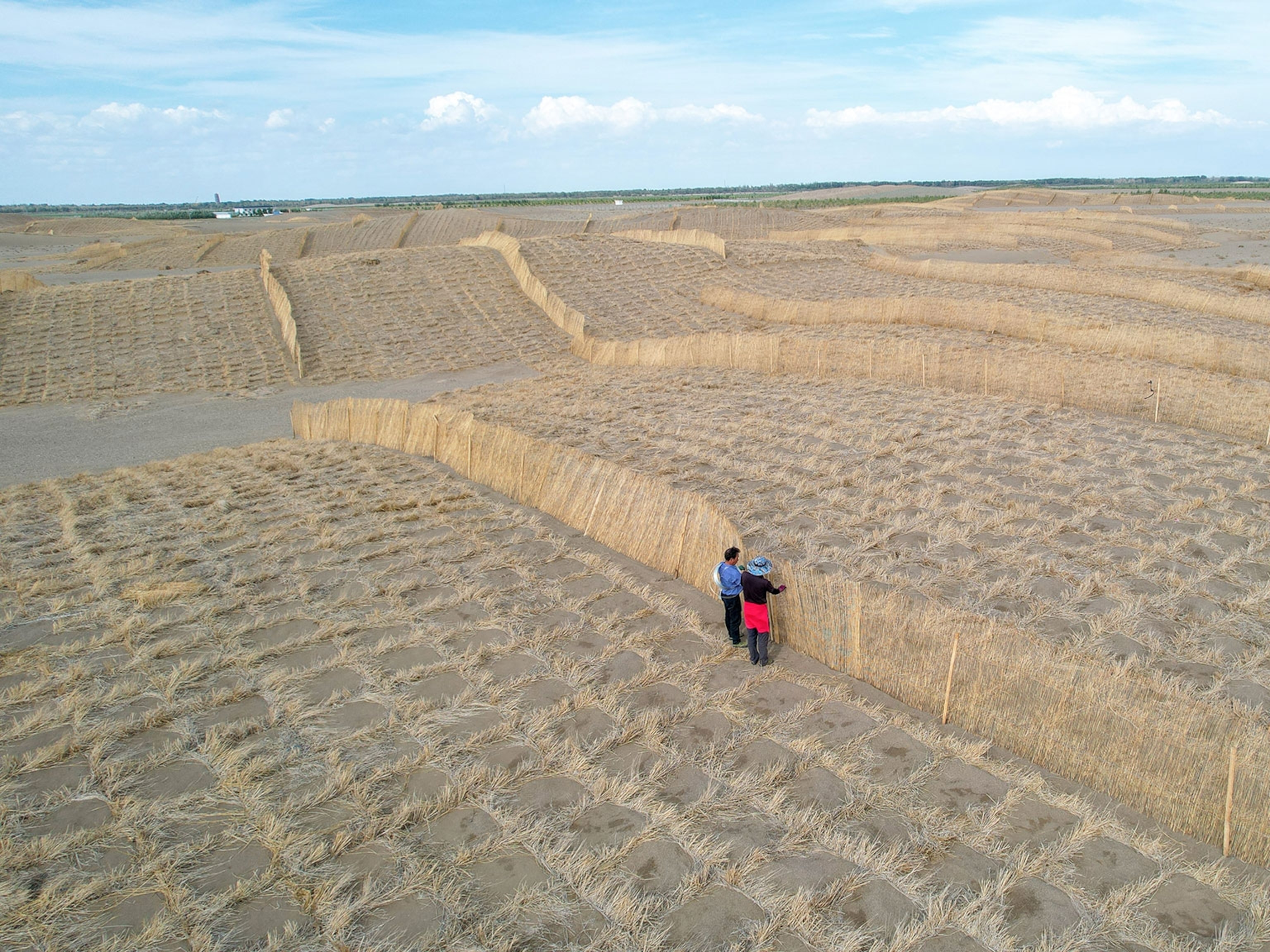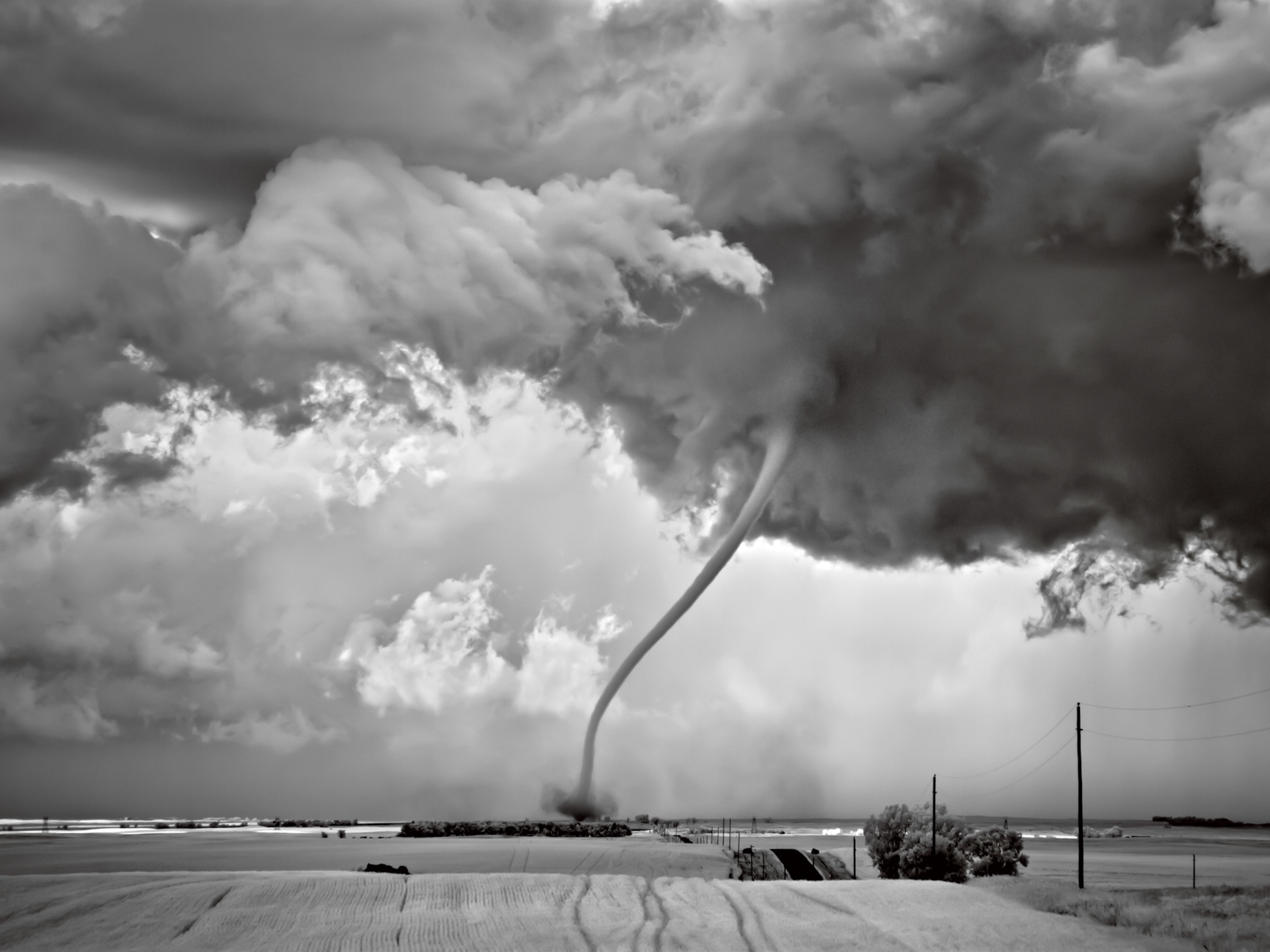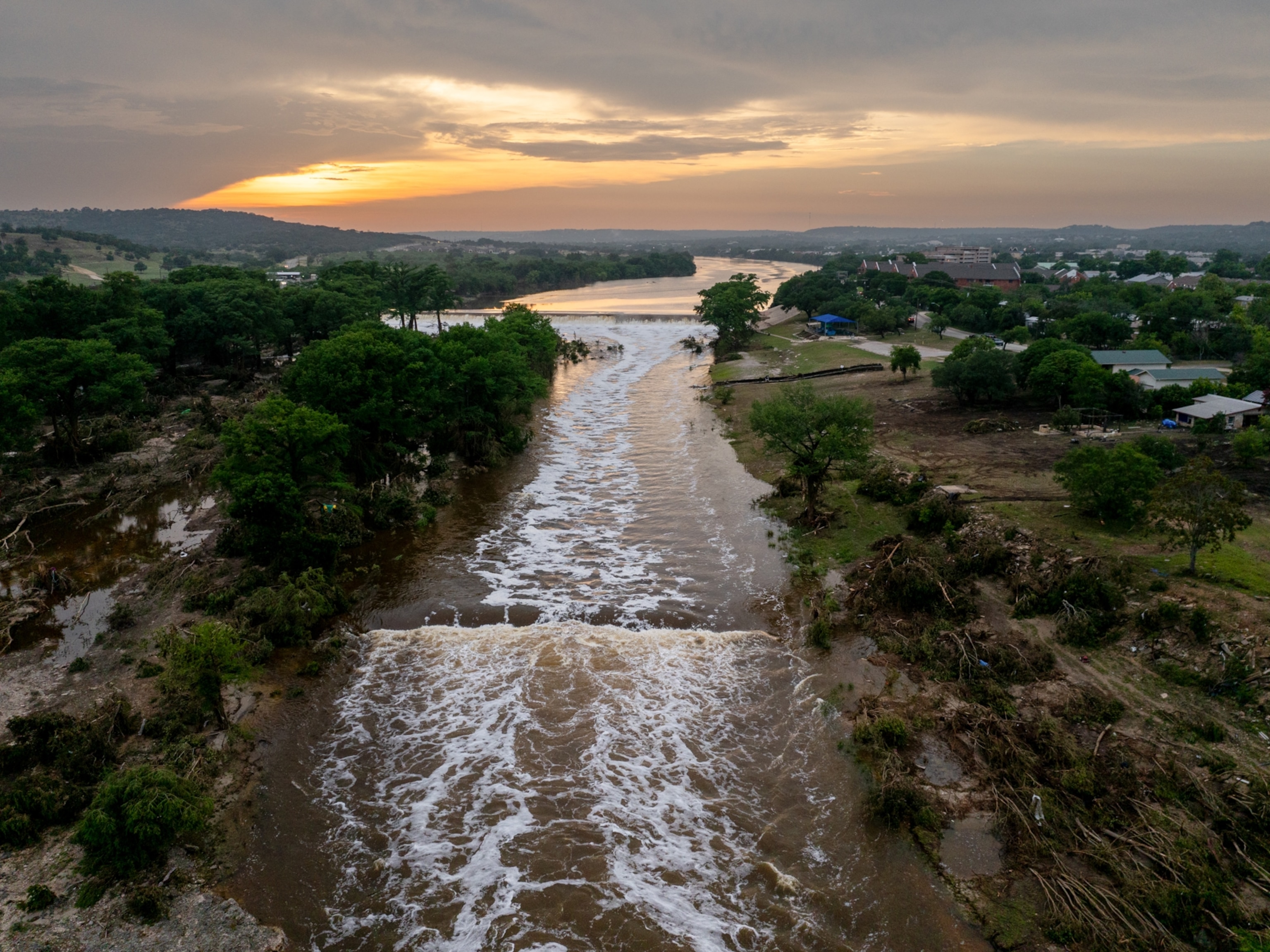What you can do right now to advocate for the planet
Whether you’re posting on social media or taking to the streets, a young environmentalist has advice on how to make a difference.
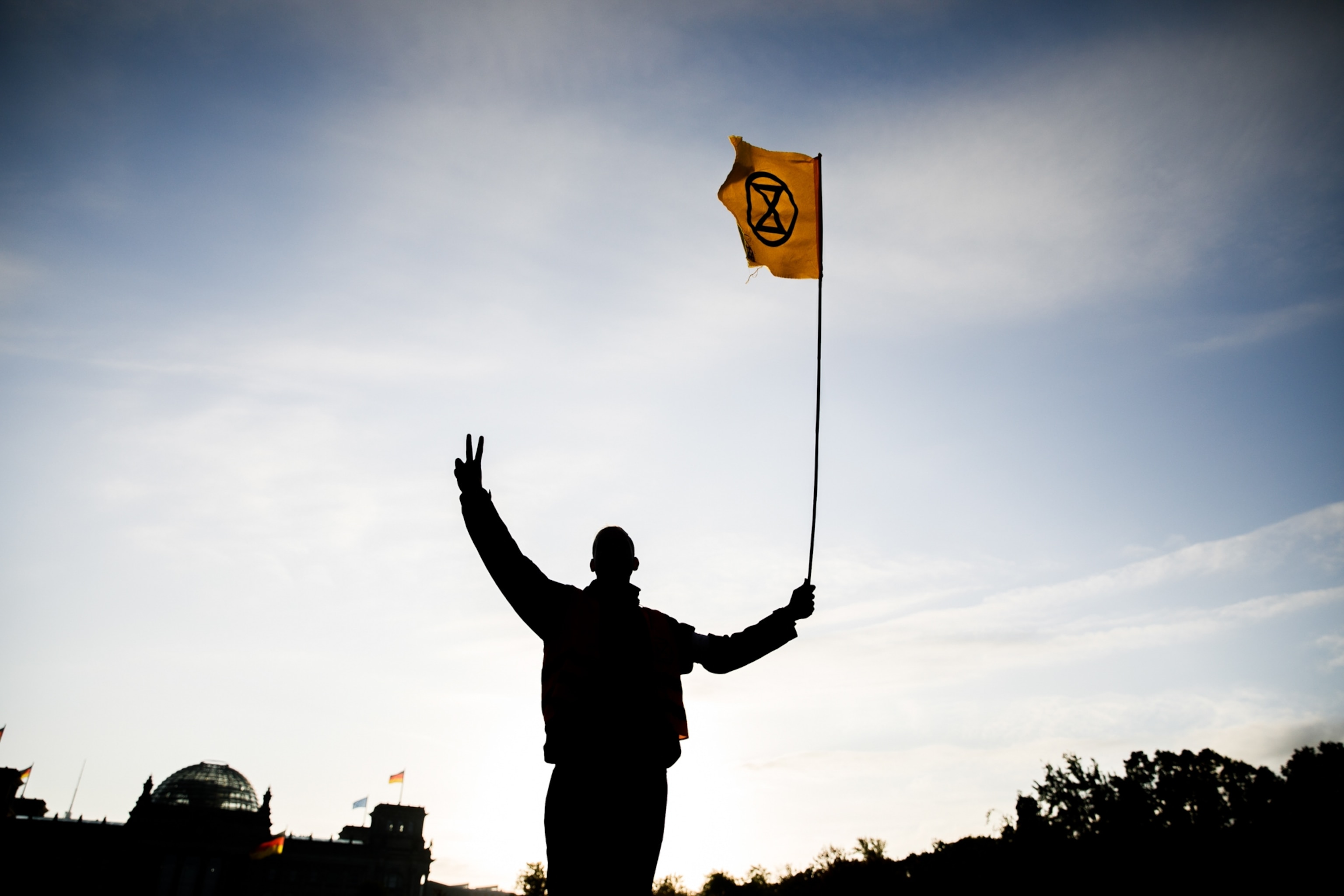
Eyal Weintraub staged his first sit-in when he was nine years old—to force his friend to pick up his litter left on the streets of Buenos Aires. Today, the 22-year-old climate activist, National Geographic Young Explorer, and co-founder of Youth For Climate Argentina, organizes protests, meets with politicians, and flies around the world for international climate conferences.
One question Weintraub is often asked: How can I be an activist too? It’s a role, he says, anyone can do. In an interview with National Geographic, he offers tips on how to start and what to know before you take to the streets.
(The environmental movement is very white. These leaders want to change that)
How did you get involved in climate activism?
In 2019, I saw this video on Instagram that started to circulate among lots of friends. It was a video of Greta Thunberg calling for this international climate strike, and I said, “OK wait, who’s Greta?”
I had never participated in politics, so I called a friend, Bruno Rodriguez, and I said, “This is happening, we need to organize a strike.”
We had our first climate strike [in 2019]. Five thousand people showed up in the city of Buenos Aires. Then it was a snowball effect. It just got bigger and bigger and bigger.
Your first climate strike was part of an international movement. How should other people get involved in climate activism?
If you want to get more involved in activism, start very, very small.
Start thinking about concrete things you can change. I think school is the best place to start. You’re with other people your age you see every single day.
Another [option] is to join a local or national youth movement: Zero Hour, Sunrise Movement—lots of them have local chapters.
What are some important things to keep in mind when it comes to activism?
You’re doing a protest to get attention, to get a conversation going.
Many times, as important as getting [protesters] there, is getting the media there. That makes it really important to write a press release outlining what’s going on to send to local or national media.
Also if you’re doing a protest, and you know it’s just 15 people, it can be a sign of weakness rather than strength. Sometimes it’s better to think of something creative: Print something huge that says ‘climate justice now.’ Get a drone photo. Sometimes that ends up being more effective if you can’t get big numbers.
Say your protest effectively gets attention, and people start to listen—then what?
It’s important to start thinking about how you can move from the protest to the proposal. It’s not the same language outside the room as when you’re inside the room.
You’re not going to be very specific in a strike, but when you get into the room it’s much harder to brush you off if you’re very specific about your asks and demands.
How do you prepare to make those asks?
That’s when you start thinking about intergenerational alliances with older NGOs with more technical capacities.
You’re never ready. There are always ways you could prepare more. To start, don't worry about everything at once. If [political leaders] invite you somewhere and you’re not as prepared as you’d like, go anyway—[but] be conscious that they’re not just using you for a photo.
Social media has been crucial to spreading the youth-led climate movement. What role does social media play in climate activism, and are there any pitfalls to avoid?
I believe social media is definitely an essential part of modern-day activism and advocacy. It’s relevant. Twitter is basically the public arena. Social media is an incredible tool for democratization [and] for relationship-building, and all that is necessary to find solutions to the climate crisis.
We need to be aware of the dangers of digital activism [becoming] the only tool in our toolbelt. But it is an important tool, and it can make a difference.
You can generate a lot of attention online. Do you think it’s still important to stage in-person strikes and protests?
At the end of the day, yes. Bringing people to the streets demonstrates you’re more than just a group of 20 young activists. Getting people in the streets demonstrates [that] part of society is willing to dedicate their time to demand concrete action.
At the end of the day it’s all about creating a critical mass that will force decision-makers to take action regarding climate change. Having 100,000 people in the streets is more important than having the number one trending topic on twitter.
What are some other ways young people can take action to address climate change?
I think that it’s become clearer that what we need is not only people dedicating a portion of their time in movements to mobilize and strike, but we [also] need people dedicating their professional careers to finding solutions to diverse environmental issues. You need people who want to start startups or go to traditional companies and change the culture from the bottom up.
Do you ever feel like older generations don’t take you seriously?
A lot of times they see us as these young, innocent climate activists. We’re doing so much more than organizing strikes. That’s the part you see. We’re building collective power structures and organizations that are forming a generation of climate leaders.
Let’s not infantilize it or just say it’s just people making noise in the streets. That’s what gets the conversation started.
(This interview has been edited for length and clarity.)



